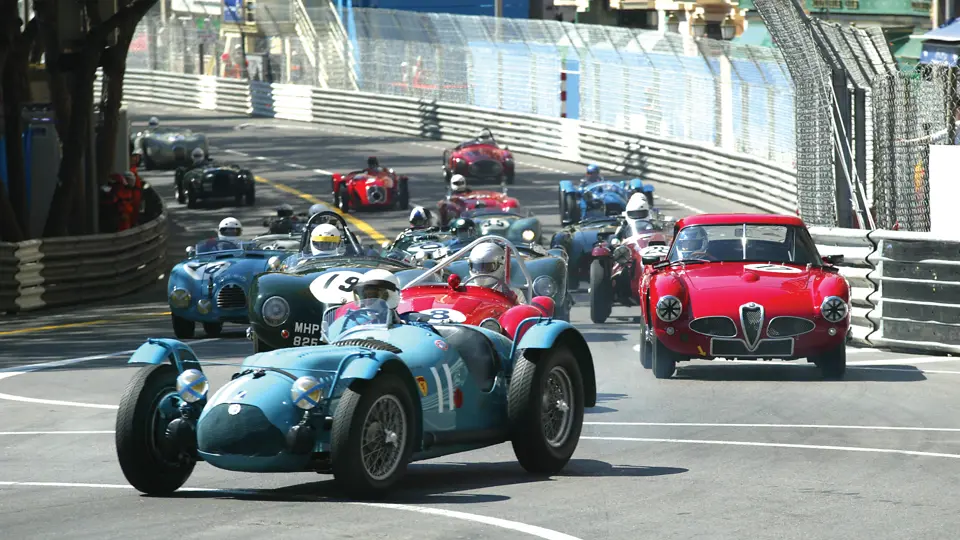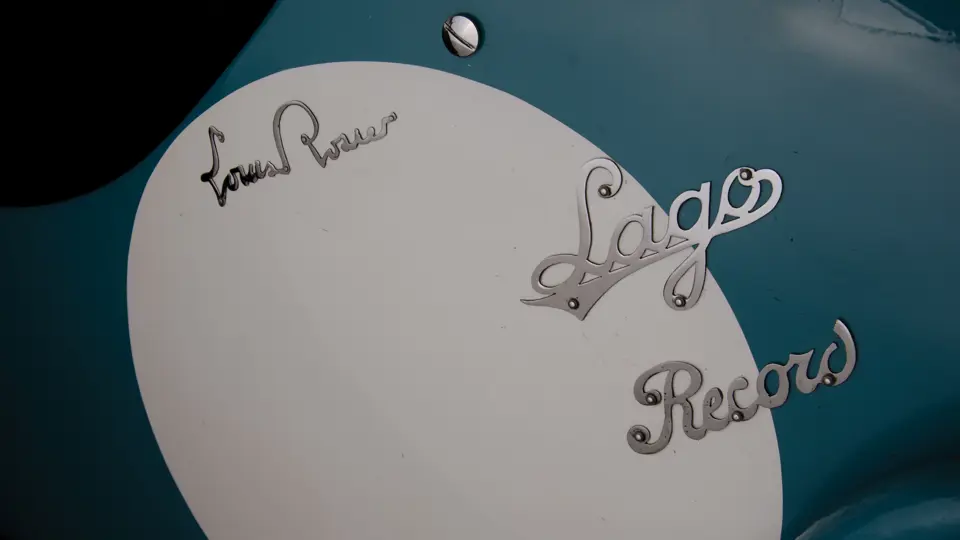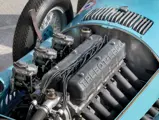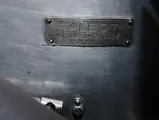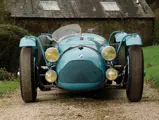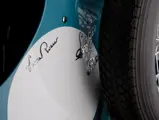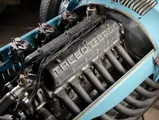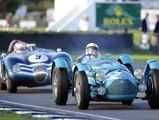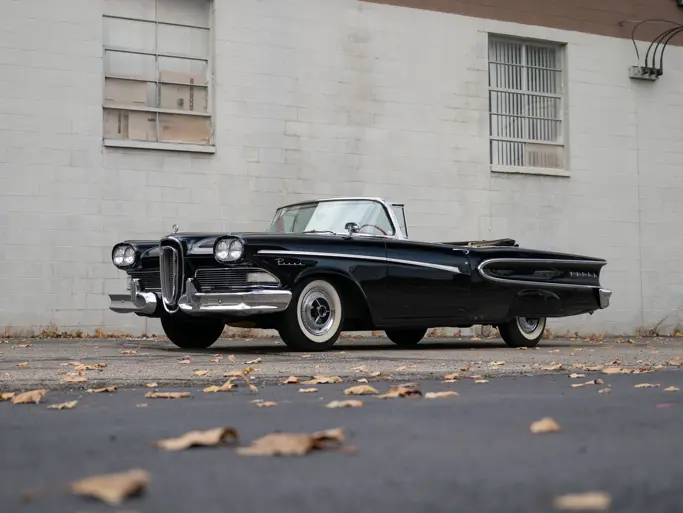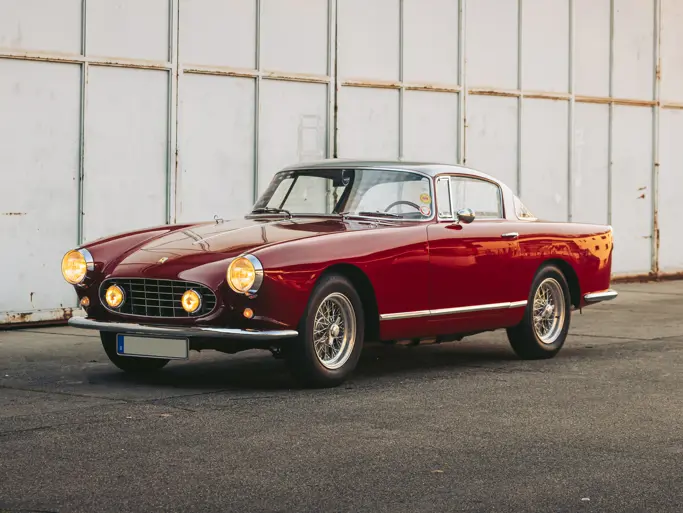200+ bhp, 4,482 cc OHV aluminium inline six-cylinder engine with dry-sump lubrication, triple Zenith carburettors, twin-ignition cylinder head, Wilson four-speed pre-selector gearbox, independent front suspension with wishbones and transverse leaf spring, live rear axle with semi-elliptic leaf springs, and Lockheed four-wheel hydraulic drum brakes. Wheelbase: 2,500 mm (98.4")
• Only three owners from new; complete with stellar period and vintage-racing history
• Co-driven at the 1951 24 Hours of Le Mans by Juan-Manuel Fangio and Louis Rosier
• Single ownership since 1958; restored, maintained and raced ever since
When engineer Antonio Lago arrived at Talbot’s Suresnes, France plant in 1934 with orders to restore its operations to health, he immediately injected a renewed focus on performance and racing to generate sales. New 2.7- and 3.0-litre six-cylinder engines, followed by a 4.0-litre unit for the Speciale, were soon developed to carry the wide range of luxurious cars demanded by Talbot’s discerning clientele. Entries at Le Mans in 1937 were followed by a focus on Grand Prix competition, with the four-litre’s reliability and fuel economy often providing the winning edge over the far more powerful competition from Alfa Romeo, Auto Union, Maserati and Mercedes-Benz.
The GP cars and sports racers of Talbot-Lago were quite closely based upon the marque’s production-car designs and this philosophy continued after World War II. With the help of Walter Becchia and Carlo Marchetti, the Talbot-Lago ‘six’ was increased in displacement to 4.5 litres and fitted with a new hemispherical combustion-chamber head, with the valve train actuated by dual camshafts with pushrods, similar to the Riley design. The long crankshaft was capably supported by seven main bearings, and this engine proved highly reliable and successful in competition.
Despite a horsepower disadvantage to the competition, a race-tuned version of the 4.5-litre Talbot-Lago six-cylinder engine powered the company’s two entries at Le Mans in 1950. There, a T26 Grand Sport was driven by Louis Rosier and his son, Jean-Louis (car number 5), and a Talbot-Lago monoposto (car number 7) was piloted by Pierre Meyrat and Guy Mairesse. Whilst both were considered underdogs, their durability and reliability provided the winning edge during the gruelling event, and they ultimately triumphed, outlasting the favoured Ferrari entries and achieving a stunning 1-2 finish, marking perhaps the company’s greatest racing victory. Mirroring the durability of his Talbot-Lago, winning driver Louis Rosier drove all but two laps of the race, adjusted his valve train in the pits and even suffered a black eye when he struck a wayward owl at night!
1950 Talbot-Lago T26 Grand Sport Chassis 110057
Originally built as a cycle-winged sports racing car, T26 Grand Sport Chassis 110057, the example offered here, was originally intended for the 1950 24 Hours of Le Mans, but it was not completed in time for the event and was subsequently purchased by 1950 Le Mans champion Louis Rosier, who entered it into the 1951 24 Hours of Le Mans. Race-numbered 6 and co-driven by Rosier and 1950 Formula One World Champion Juan-Manuel Fangio, the car retired from the race after 92 laps due to an oil-tank failure, where extremely hot motor oil spilled onto Fangio and caused him great pain.
Next, 110057 was rebodied under Rosier in 1952 by Italy’s Carrozzeria Motto to carry closed-wheel sportscar bodywork in compliance with new Le Mans regulations. Whilst Mr. Rosier had by then switched his racing focus to the Grand Prix with his single-seater, he continued to campaign his ‘motto barquette’ nonetheless. Following the 1952 Monaco Grand Prix, where the car, numbered 64 and with Louis Rosier and Maurice Trintignant driving, retired after 37 laps. At the 1952 Grand Prix de Reims, 110057 was numbered 42 and driven by Eugène Chaboud, who qualified 5th but did not finish.
In 1953, 110057 was sold to Georges Grignard and entered into the 1953 Coupé du Salon at Montlhéry, where it was numbered 4 and qualified 2nd but failed to finish, with Mr Grignard driving solo. That December, at the 12 Hours de Casablanca, 110057 was co-driven by Georges Grignard and “pay-to-drive” co-driver Lino Fayen, who unfortunately ignored repeated signals to stop for fuel, including a crewmember waving a massive fuel funnel at him in the middle of the track!
Following the 1951, 1952 and 1953 race seasons, 110057 was entered into the 1954 24 Hours of Le Mans and was to be driven by Georges Grignard and Guy Mairesse but was involved in a tragic accident on 25 April 1954 at the Coupe de Paris at Montlhéry. There, Mairesse was killed in practice when he struck a wall whilst attempting to avoid another car that had stopped on the racing line. It was subsequently locked away in the garage of Grignard, where it remained virtually untouched, still sitting on its transporter. In 1958, the present owner purchased 110057 and restored it, racing it for a number of seasons prior to returning the car to its original cycle-wing body style, in order to be eligible for participation in both historic GP and sportscar races. The car was UK-registered WXE68 and retains this number today.
As extensively documented within Pierre Abeillon’s definitive two-volume Talbot-Lago de Course, published in 1992, the current owner of 110057 visited the Talbot factory in 1958 in search of spare parts for his father’s T26 Record (chassis 101051), and whilst there, he enquired as to the availability of a single-seat T26C Grand Prix car. Even though they had been out of use for some time and none were believed available, Tony Lago suggested a visit to Georges Grignard in nearby Puteaux, France, who owned such a car, chassis 110057. Behind a dusty window of a nearby shed, this T26 Grand Sport was sighted. However, Mr Grignard’s asking price was quite high, and he clearly did not wish to sell.
Although the front of its “envelope” bodywork was damaged from the 1954 crash at Montlhéry, the car remained mechanically sound. A deal was struck to purchase the car, and in order to avoid the possible complications involved with trying to export the car to the UK, onsite repairs were completed by the new owner, with the help of his father and one of Grignard’s men, to allow the car to be driven for its shipment to England. In fact, just one front wheel and the radiator needed replacement.
Once in the UK and fully repaired, 110057 returned to the track by 1961 with the repaired Motto bodywork still in place, but after two seasons, the car was no longer competitive and was better suited for historic events.
The car returned for the 1968 season, but having decided that the closed-wheel body style was not optimal, the owner commissioned Robert Peel to re-skin the original open-wheel, cycle-winged coachwork of 110057 as closely as possible, a task made easier by virtue of the fact that the Motto “envelope” body was simply attached to the car’s chassis by outriggers. Still in bare aluminium, 110057 was unveiled for the opening of the Totnes Motor Museum in Devon, UK. In 1988, exact period-correct mudguard mountings were fitted to 110057 and after experiencing some engine issues in 1989, much of the car was dismantled, presenting an excellent opportunity to perfect the car and reconfigure the front of it exactly as original.
Offered from the collection of the current long-term caretaker of the past 54 years, who is a true purist and highly active gentleman racer, 110057 has been a virtual fixture in historic-racing circles for practically every season since 1961. Carefully maintained and perfected throughout the intervening decades, 110057 has been a consistent class winner in historic racing for many years through to 2011, including a Grand Prix class win that year at Spa-Francorchamps, and participation at the Goodwood Revival Meeting in the Juan-Manuel Fangio tribute race. In fact, this highly competitive car has never been beaten by another Talbot-Lago, including all-out Grand Prix-specification single-seaters.
It is wonderfully presented at auction with just three owners from new and complete racing history, having been driven competitively by the current owner and its early roster, including Georges Grignard, Guy Mairesse, 1950 Le Mans champion Louis Rosier, Maurice Trintignant and El Maestro, five-time Formula One World Champion Juan-Mauel Fangio, at such legendary circuits as Le Mans, Montlhéry, Monaco and more. Currently fitted with the engine from 110055, the Pierre Levegh car, accompanied at auction by its matching numbers engine, the T26 Grand Sport, is sold with many spares, which are documented on a list, and photographs for reference. A true “dual-purpose” car capable of competing either as a sports racer with its mudguards and lights or as a vintage GP car without them, 110057 offers its next caretaker a true myriad of possibilities.




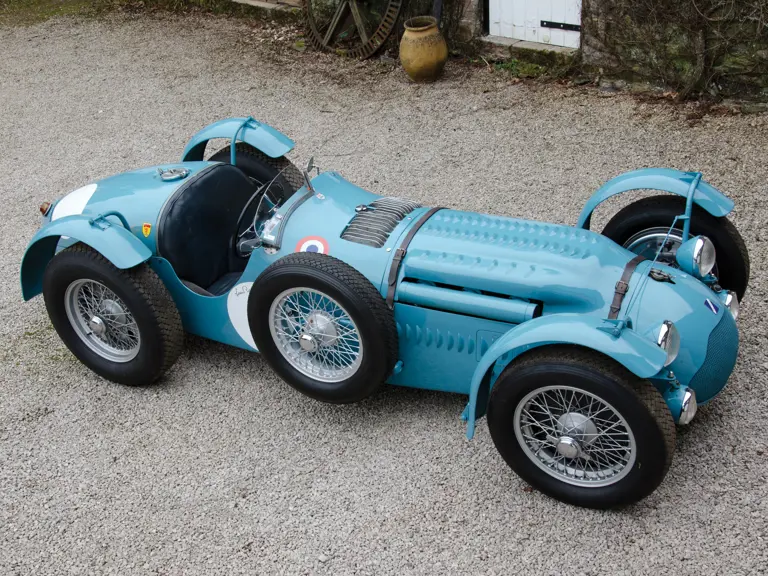

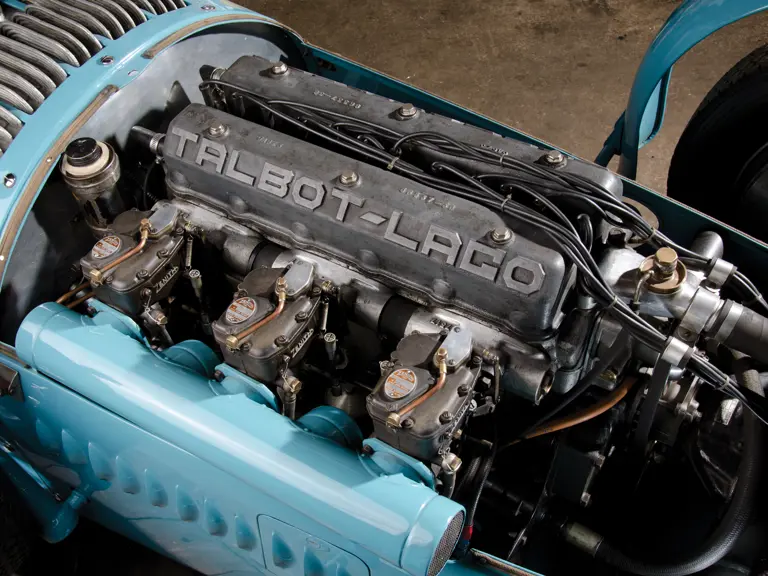


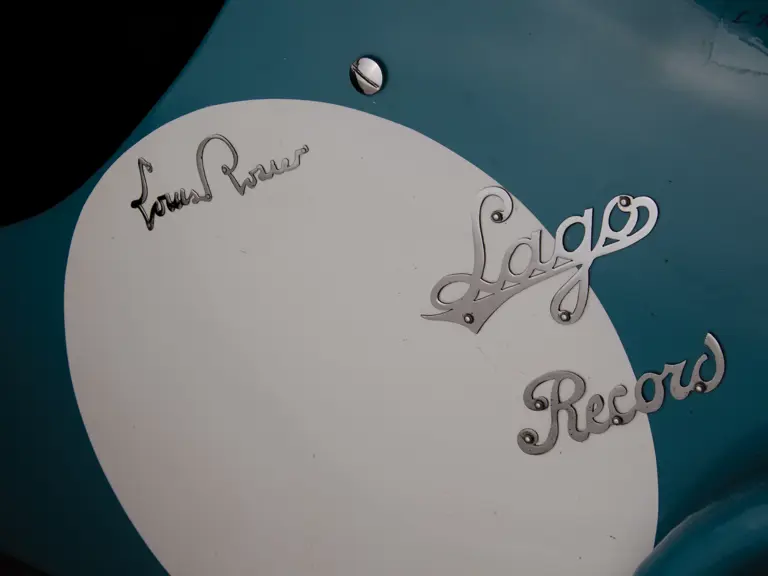


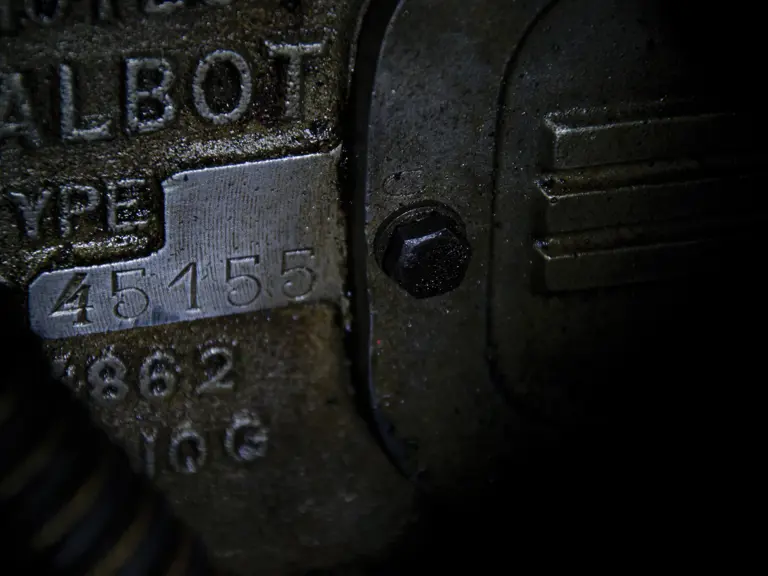
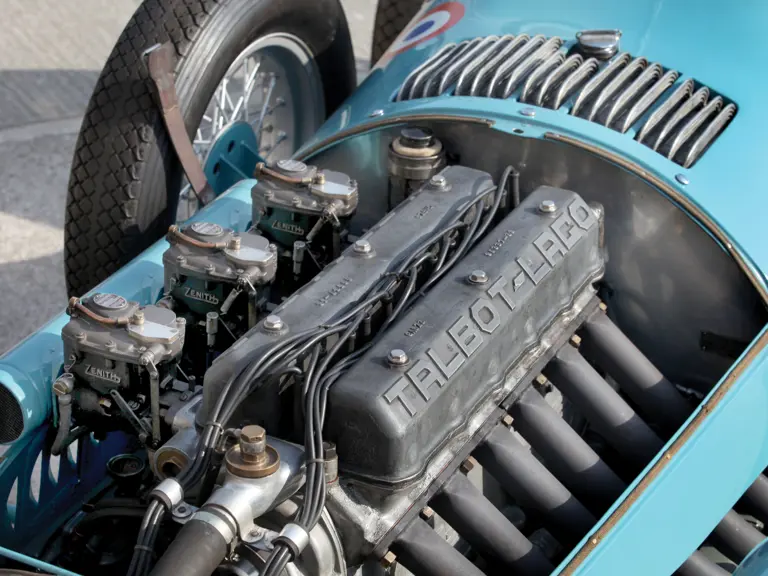
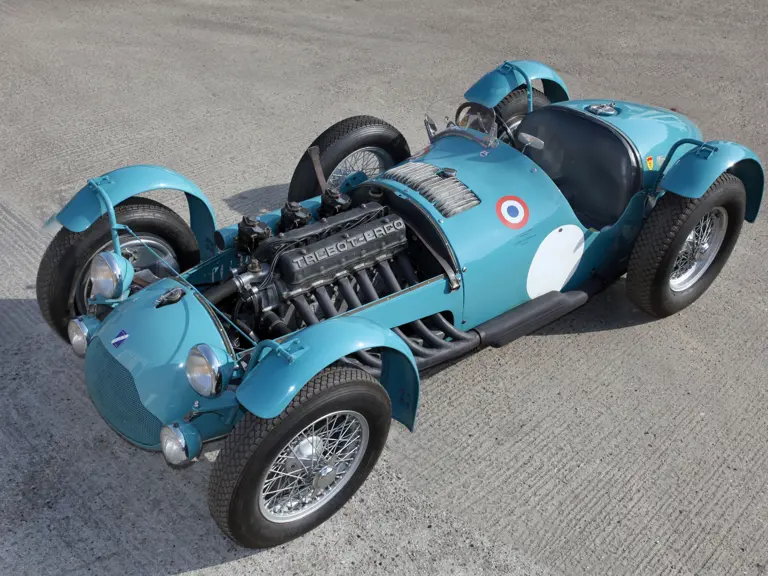
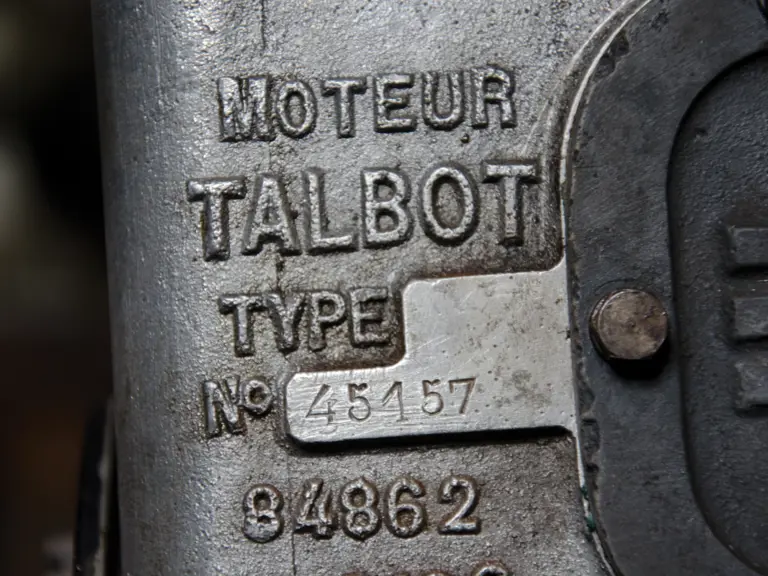
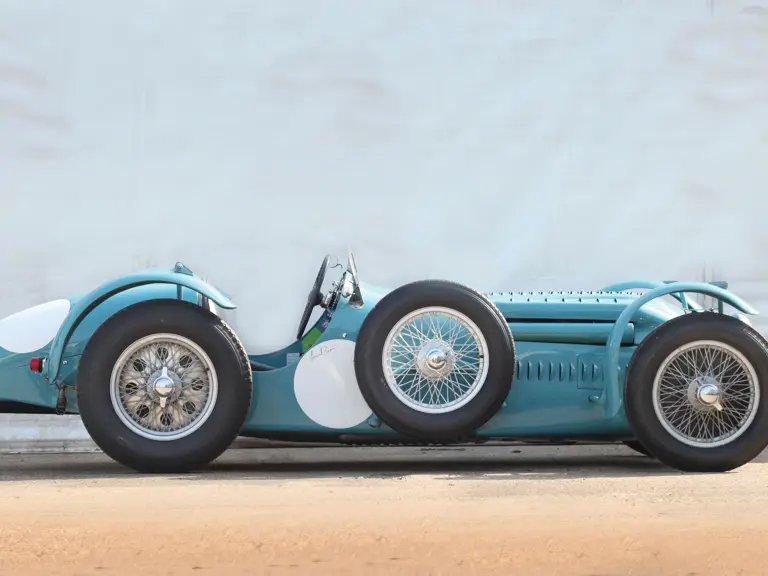

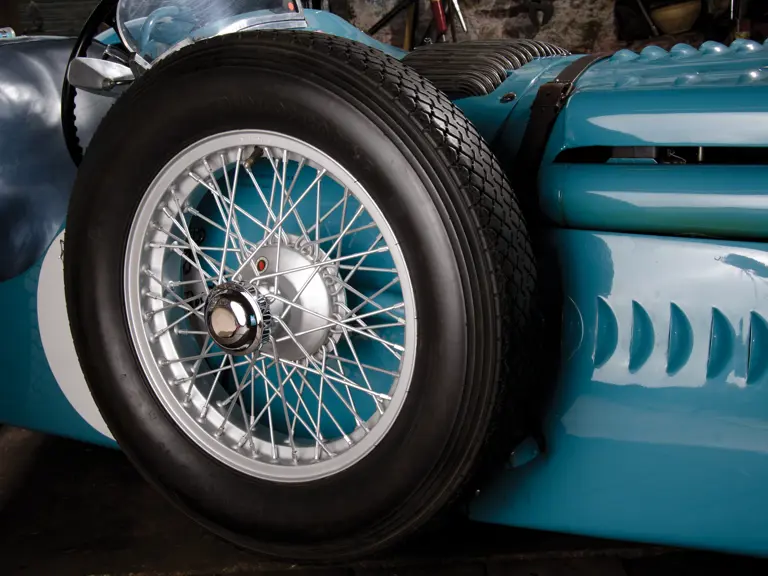
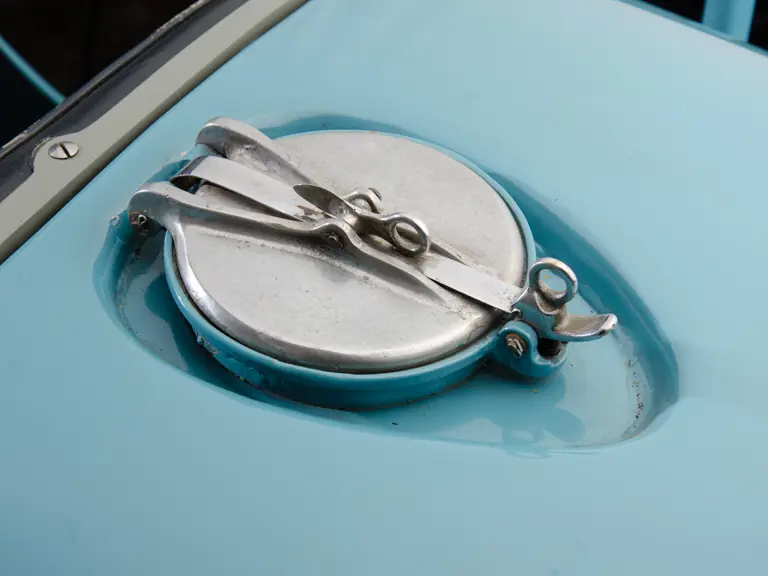
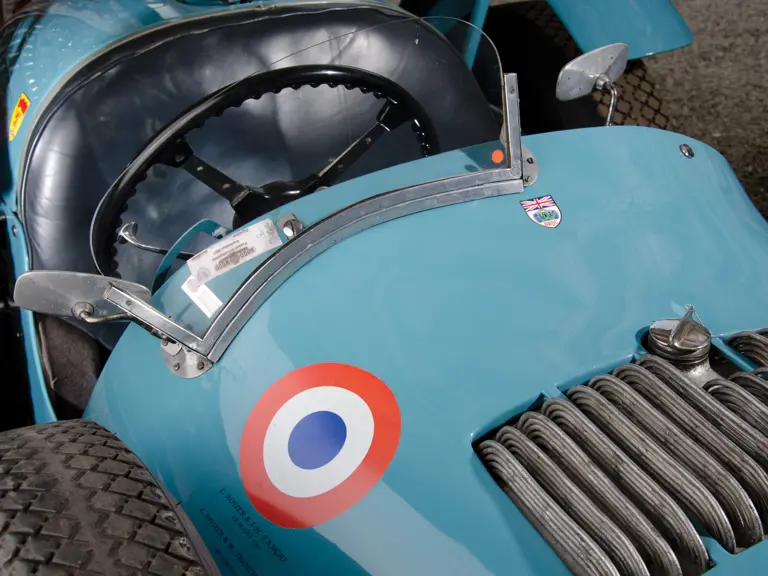
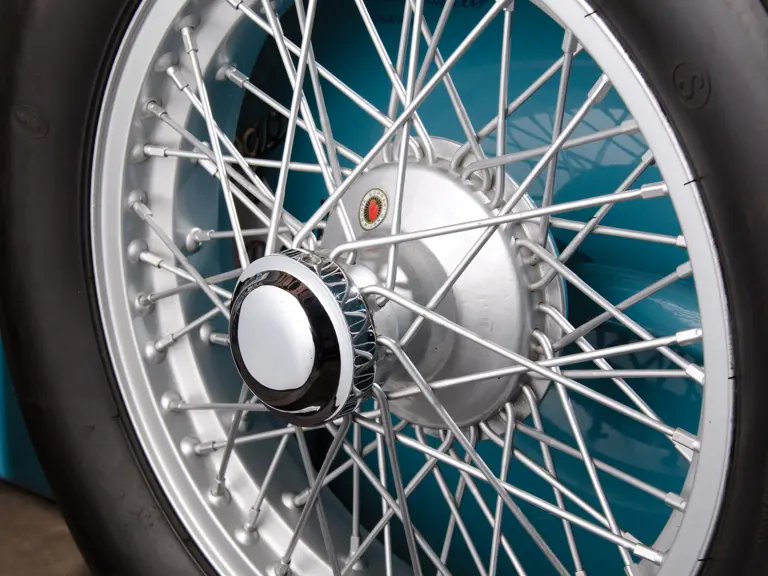
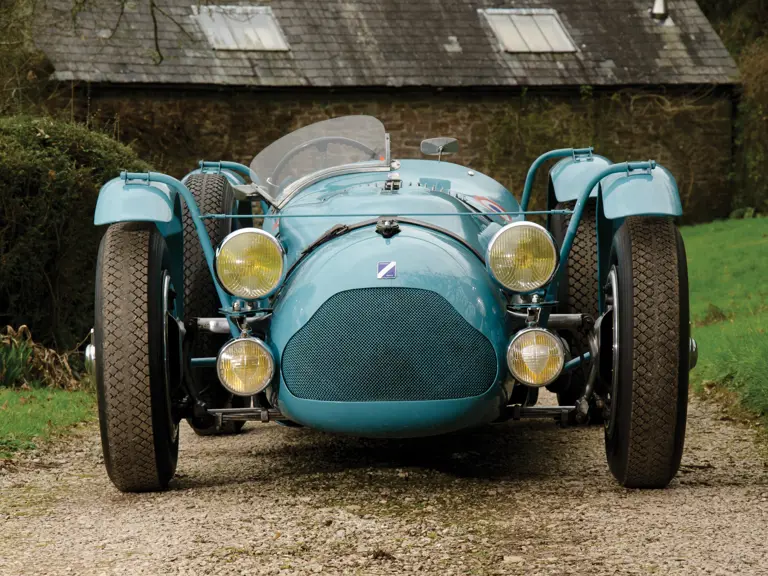


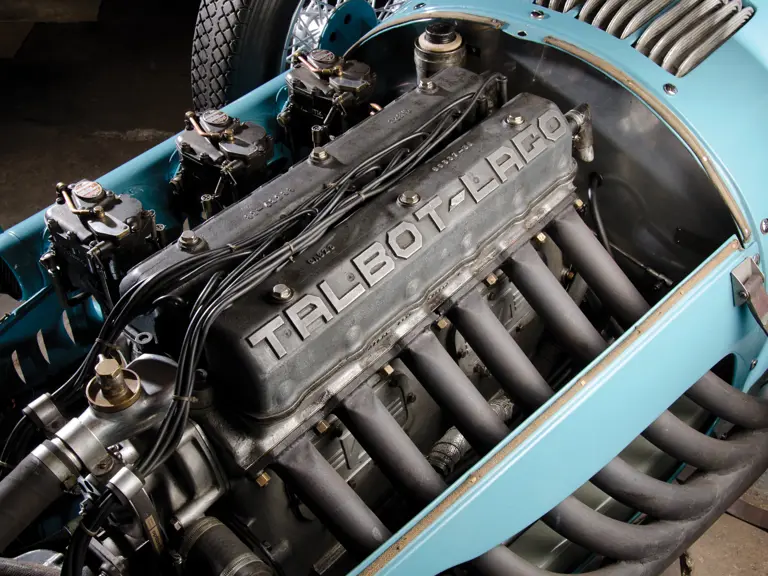
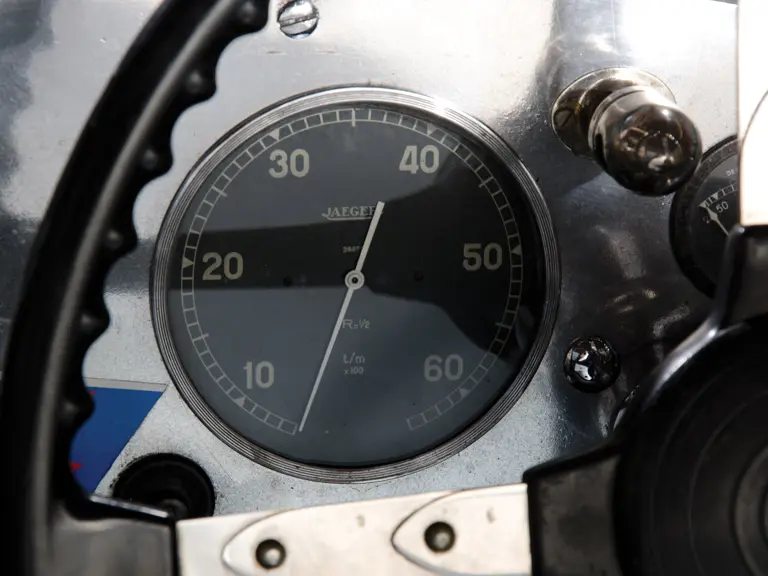
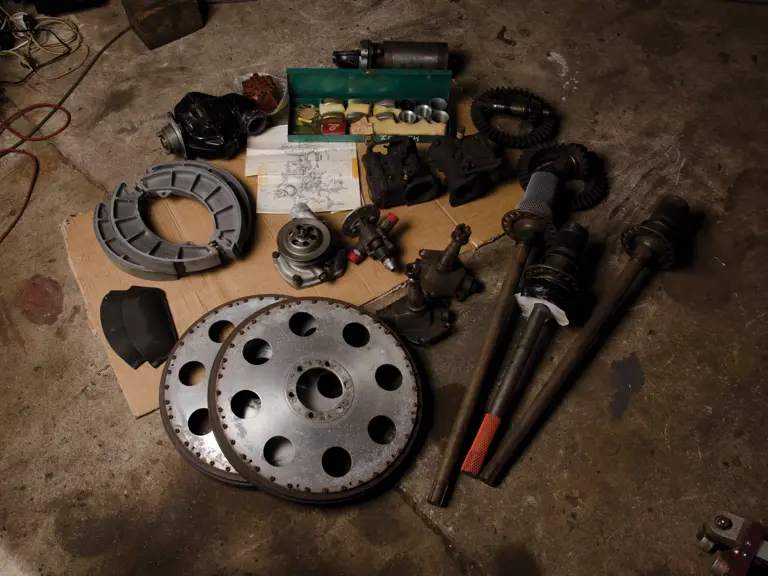

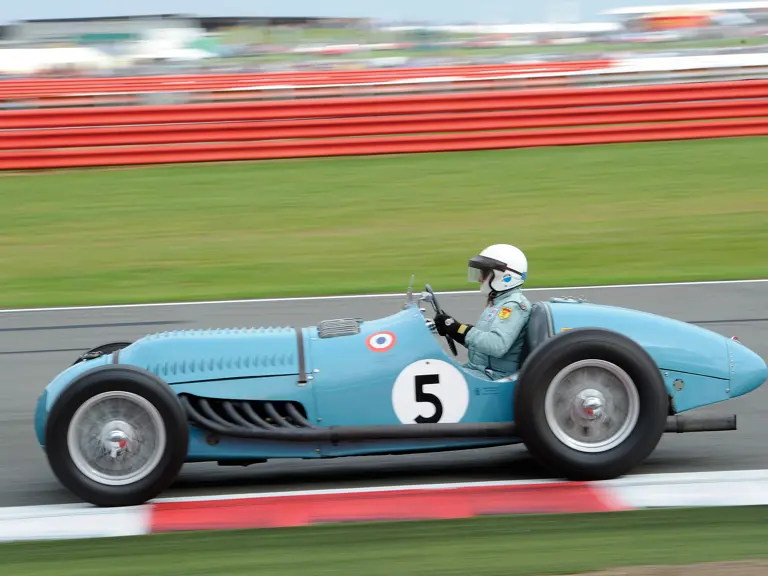

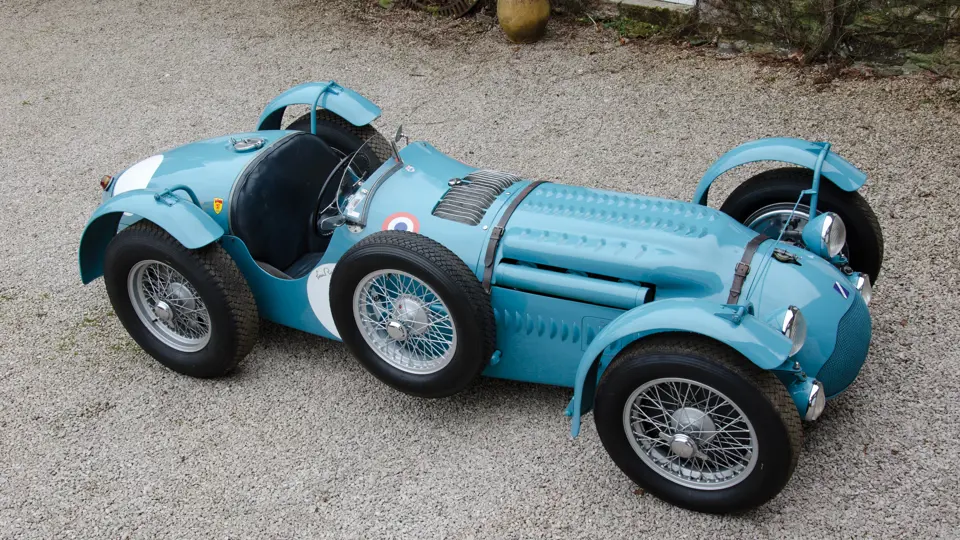
 | Monaco, Monaco
| Monaco, Monaco
